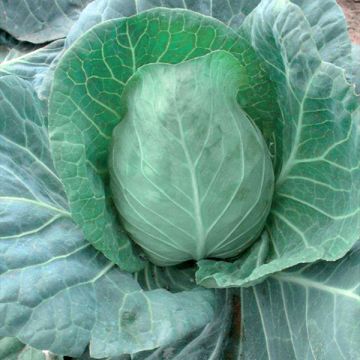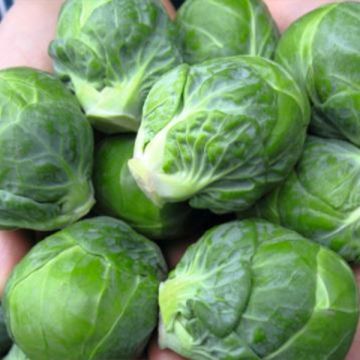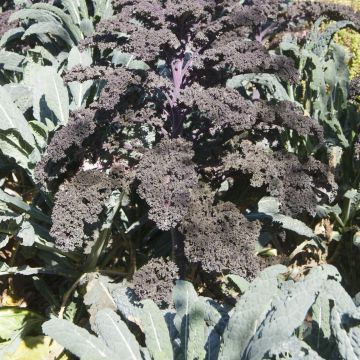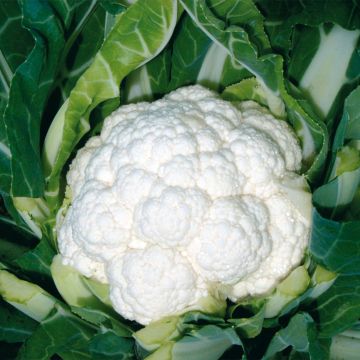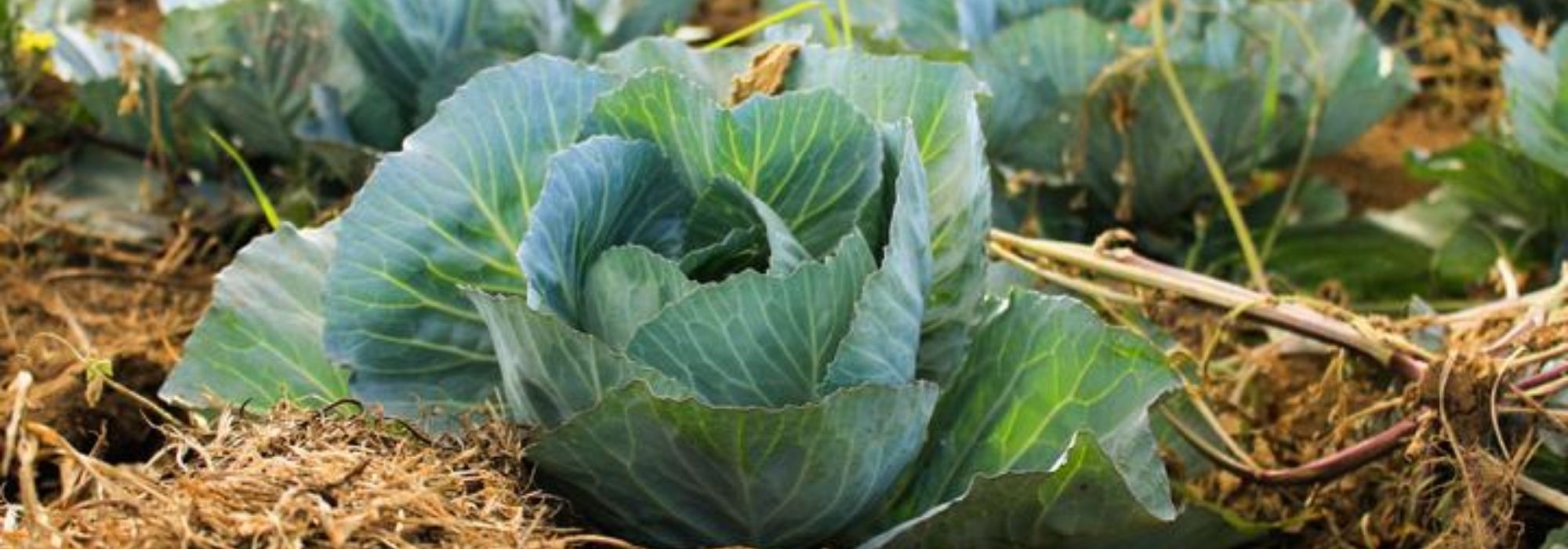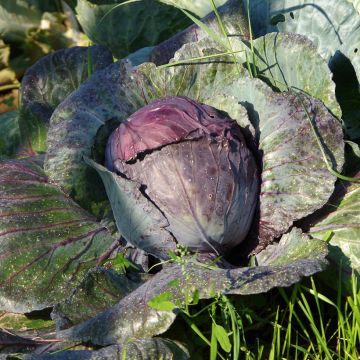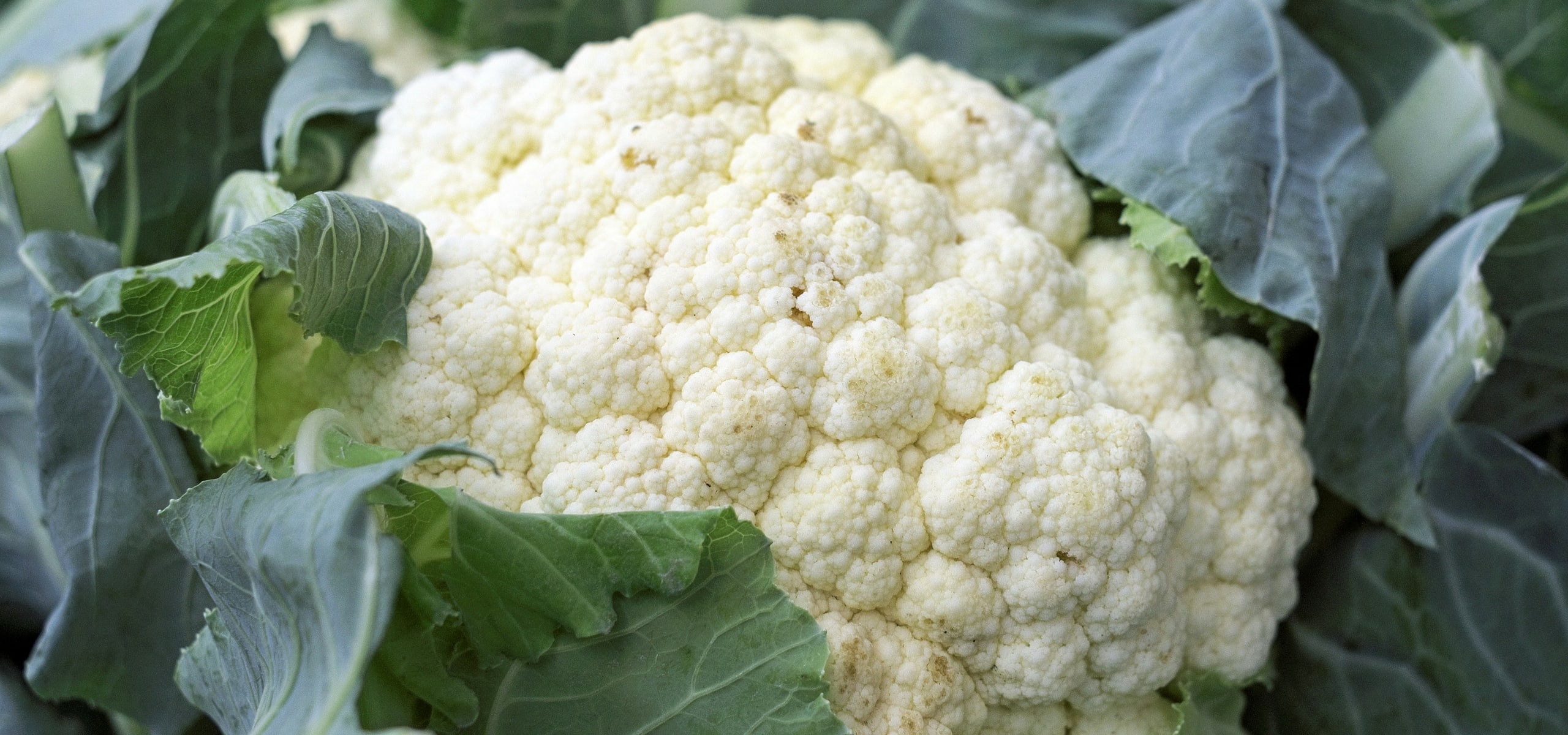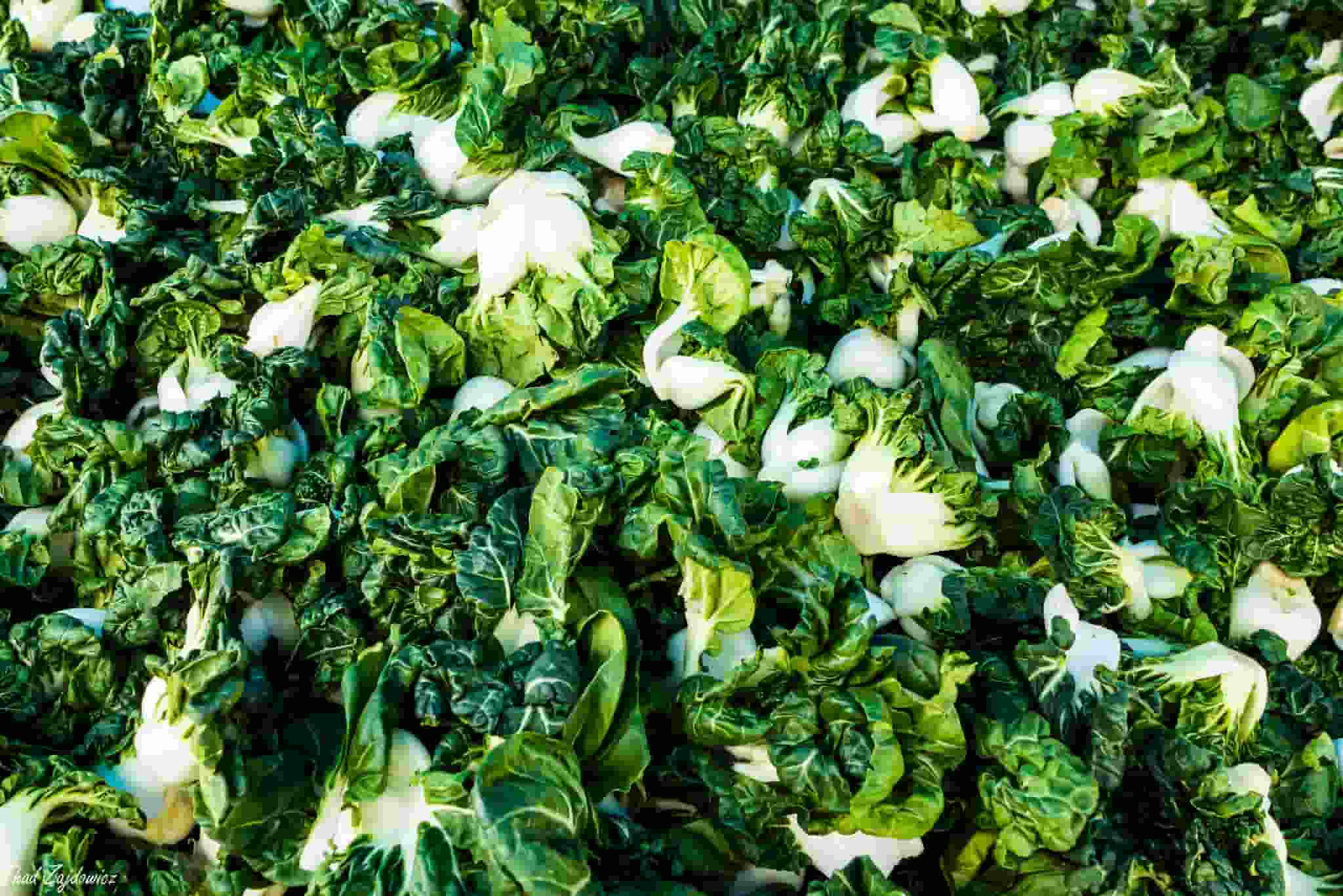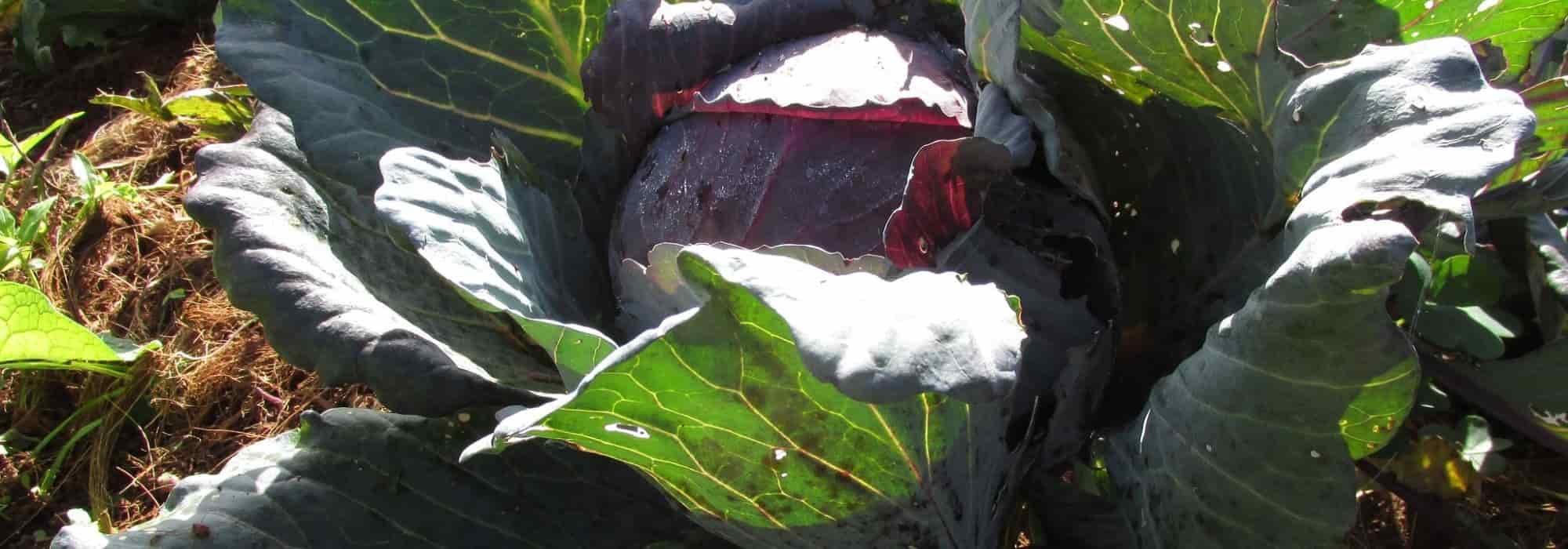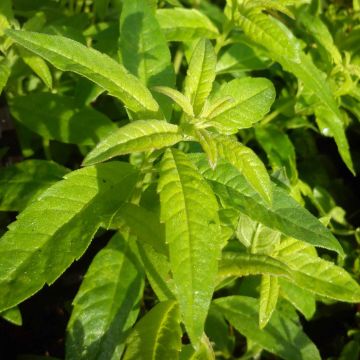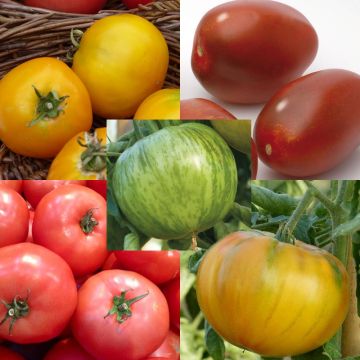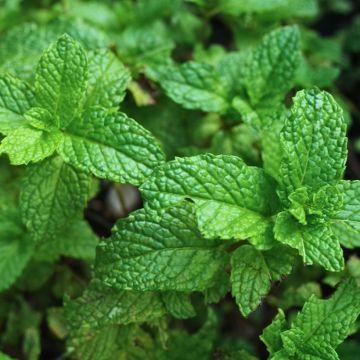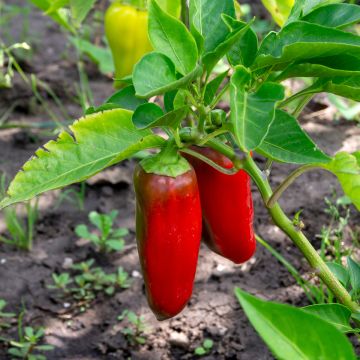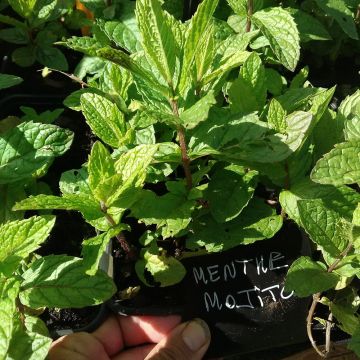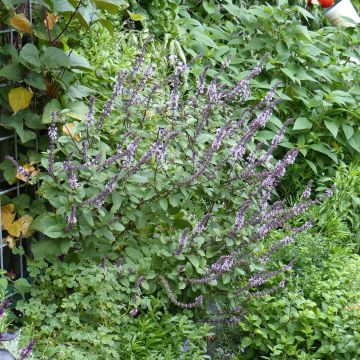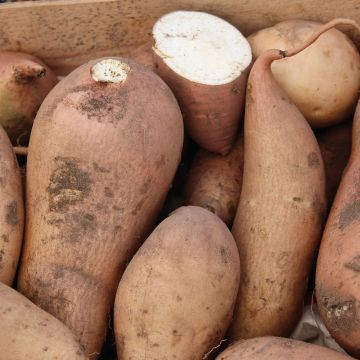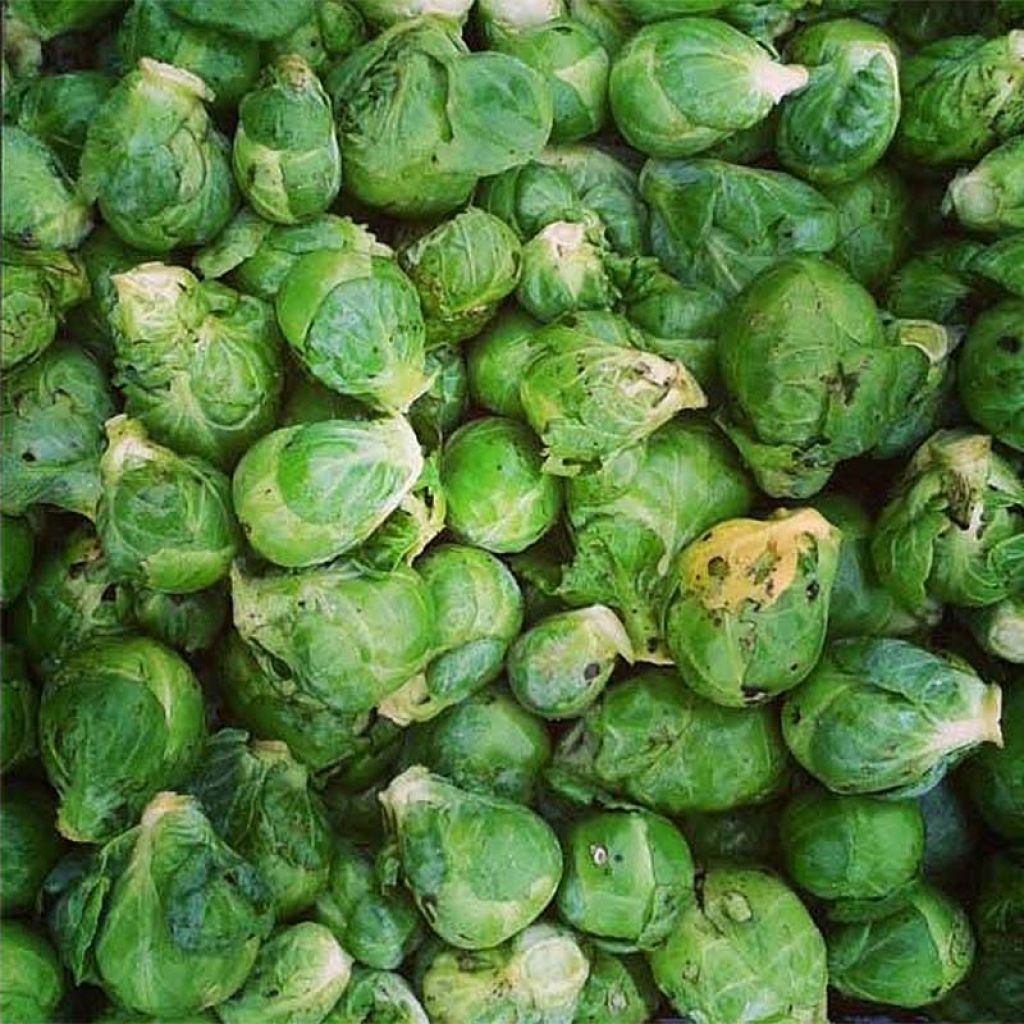

Brussels Sprouts Bronson plants - Brassica oleracea gemmifera
Brussels Sprouts Bronson plants - Brassica oleracea gemmifera
Brassica oleracea gemmifera Bronson
Brussels Sprout
lovely (very) small plants, but they look very delicate, we'll see
Anna, 26/04/2021
Special offer!
Receive a €20 voucher for any order over €90 (excluding delivery costs, credit notes, and plastic-free options)!
1- Add your favorite plants to your cart.
2- Once you have reached €90, confirm your order (you can even choose the delivery date!).
3- As soon as your order is shipped, you will receive an email containing your voucher code, valid for 3 months (90 days).
Your voucher is unique and can only be used once, for any order with a minimum value of €20, excluding delivery costs.
Can be combined with other current offers, non-divisible and non-refundable.
Why not try an alternative variety in stock?
View all →This plant carries a 6 months recovery warranty
More information
We guarantee the quality of our plants for a full growing cycle, and will replace at our expense any plant that fails to recover under normal climatic and planting conditions.

Description
The Brussels Sprout 'Bronson F1' is a particularly productive hybrid variety that produces numerous tiny regular sprouts that are easily harvested. Carefully cooked, Brussels sprouts pair well with bacon, smoked bacon, and chestnuts. They can be consumed cooked, sautéed, braised, or even gratinéed... Quickly steamed, they are also excellent cold in salads. The plug plants of Brussels Sprout Bronson are planted in April-May for a harvest from September to December.
Brussels sprouts are a vegetable whose axillary buds are consumed, forming small heads called "buttons". It is a biennial vegetable plant cultivated annually. Brussels sprouts belong to the large Brassicaceae family (formerly Cruciferae), like other Cabbages: Cauliflower, Broccoli, Smooth-leafed Cabbage (or Round Cabbage), Savoy Cabbage (or Milan Cabbage), Green Cabbage or Curly Cabbage, Kohlrabi, Chinese Cabbage... Brussels sprouts have the Latin name Brassica oleracea gemmifera. Latin enthusiasts will appreciate the name "gemmifera", which refers to gemstones.
Originating from Belgium, this cabbage is a hybrid developed in the 14th century by market gardeners from Saint-Gilles (a municipality in the Brussels suburbs who were concerned with increasing their productivity. Indeed, growing vertically, Brussels sprouts take up little space on the ground and thus allow for abundant harvests in a minimum of space.
An autumn and winter vegetable par excellence, Brussels sprouts have a mild, sweet, and comforting flavour. Carefully cooked, their delicate taste pairs well with bacon, smoked bacon, and chestnuts. They can be consumed cooked, sautéed, braised, or even gratinéed... Quickly steamed, they are also excellent cold in salads. They are vegetables rich in fibre, antioxidants, and vitamins C and B.
Brussels sprouts are a much less demanding vegetable than most cabbages; they thrive in the sun and moderately rich soil, especially without excess nitrogen. A too generously fertilised soil would produce too small, open, or burst heads.
Harvest: Brussels sprouts are harvested by starting at the bottom of the stem and cutting the small heads with a knife. Harvesting takes place from September to December.
Storage: Brussels sprouts can be stored for 3 to 4 days in the refrigerator's vegetable compartment. They can also be frozen well after being blanched in salted boiling water for 3 to 5 minutes.
The gardener's tip: The main enemy of cabbage is the Cabbage White butterfly (Pieris brassicae), a pretty creamy white butterfly with small black spots that wakes up in April-May to wreak havoc by devouring its leaves. Don't be caught off guard and opt for prevention by installing an insect-proof cover tightly on market garden hoops. These covers are easy to put in place and reusable to protect, for example, your carrot and leek crops.
Note: Please note that our young plug plants are professional products reserved for experienced gardeners: upon receipt, transplant and store them under cover (veranda, greenhouse, cold frame...) at a temperature above 14°C (57.2°F) for a few weeks before being planted outdoors once the risk of frost has passed.
NB: This variety is labelled F1 for "F1 hybrid" because it is a variety resulting from the crossbreeding of carefully selected parents to combine their qualities. This results in a variety that can be exceptionally flavourful and early while resistant to certain diseases. Sometimes criticised or wrongly associated with GMOs, F1 hybrid plants are attractive for their uniformity and resistance. Still, unfortunately, their qualities do not pass on to subsequent generations: it will, therefore, not be possible to recover the seeds for subsequent sowing.
Harvest
Plant habit
Foliage
Other Cabbage plants
View all →Planting and care
The Brussels Sprout is a vegetable that is much less demanding than the majority of cabbages. It thrives in moderately rich soil, especially without excess nitrogen. Soil that is too generously fertilised would produce small, open, or burst sprouts.
Planting: Plug plants of this variety should be planted in May and June (from April in favourable climates) for a harvest from September to December.
To begin with, allow the plug plants to grow by transplanting them into trays or pots with a diameter of 8 to 13 cm (3 to 5in) filled with compost. Place them in a warm and bright location. Water regularly.
For planting in open ground, choose a sunny and sheltered location. Space the plants 65 cm (26in) apart in all directions. Soak the root ball in water for a few moments before planting. Dig a hole, place the plant, and cover it with fine soil. Water thoroughly.
We recommend mulching the soil with thin successive layers of grass clippings, if mixed with dead leaves, to reduce the need for watering.
During cultivation, water is used moderately but regularly.
Like cabbages, the Brussels Sprout is susceptible to diseases such as Clubroot and pests (Cabbage White Butterfly, Cabbage Fly, Flea Beetle, Gall Midge...). For this crop, it is essential to pay attention to crop rotations.
Cultivation
Care
Intended location
Planting & care advice
-
, onOrder confirmed
Reply from on Promesse de fleurs
Similar products
Haven't found what you were looking for?
Hardiness is the lowest winter temperature a plant can endure without suffering serious damage or even dying. However, hardiness is affected by location (a sheltered area, such as a patio), protection (winter cover) and soil type (hardiness is improved by well-drained soil).

Photo Sharing Terms & Conditions
In order to encourage gardeners to interact and share their experiences, Promesse de fleurs offers various media enabling content to be uploaded onto its Site - in particular via the ‘Photo sharing’ module.
The User agrees to refrain from:
- Posting any content that is illegal, prejudicial, insulting, racist, inciteful to hatred, revisionist, contrary to public decency, that infringes on privacy or on the privacy rights of third parties, in particular the publicity rights of persons and goods, intellectual property rights, or the right to privacy.
- Submitting content on behalf of a third party;
- Impersonate the identity of a third party and/or publish any personal information about a third party;
In general, the User undertakes to refrain from any unethical behaviour.
All Content (in particular text, comments, files, images, photos, videos, creative works, etc.), which may be subject to property or intellectual property rights, image or other private rights, shall remain the property of the User, subject to the limited rights granted by the terms of the licence granted by Promesse de fleurs as stated below. Users are at liberty to publish or not to publish such Content on the Site, notably via the ‘Photo Sharing’ facility, and accept that this Content shall be made public and freely accessible, notably on the Internet.
Users further acknowledge, undertake to have ,and guarantee that they hold all necessary rights and permissions to publish such material on the Site, in particular with regard to the legislation in force pertaining to any privacy, property, intellectual property, image, or contractual rights, or rights of any other nature. By publishing such Content on the Site, Users acknowledge accepting full liability as publishers of the Content within the meaning of the law, and grant Promesse de fleurs, free of charge, an inclusive, worldwide licence for the said Content for the entire duration of its publication, including all reproduction, representation, up/downloading, displaying, performing, transmission, and storage rights.
Users also grant permission for their name to be linked to the Content and accept that this link may not always be made available.
By engaging in posting material, Users consent to their Content becoming automatically accessible on the Internet, in particular on other sites and/or blogs and/or web pages of the Promesse de fleurs site, including in particular social pages and the Promesse de fleurs catalogue.
Users may secure the removal of entrusted content free of charge by issuing a simple request via our contact form.
The flowering period indicated on our website applies to countries and regions located in USDA zone 8 (France, the United Kingdom, Ireland, the Netherlands, etc.)
It will vary according to where you live:
- In zones 9 to 10 (Italy, Spain, Greece, etc.), flowering will occur about 2 to 4 weeks earlier.
- In zones 6 to 7 (Germany, Poland, Slovenia, and lower mountainous regions), flowering will be delayed by 2 to 3 weeks.
- In zone 5 (Central Europe, Scandinavia), blooming will be delayed by 3 to 5 weeks.
In temperate climates, pruning of spring-flowering shrubs (forsythia, spireas, etc.) should be done just after flowering.
Pruning of summer-flowering shrubs (Indian Lilac, Perovskia, etc.) can be done in winter or spring.
In cold regions as well as with frost-sensitive plants, avoid pruning too early when severe frosts may still occur.
The planting period indicated on our website applies to countries and regions located in USDA zone 8 (France, United Kingdom, Ireland, Netherlands).
It will vary according to where you live:
- In Mediterranean zones (Marseille, Madrid, Milan, etc.), autumn and winter are the best planting periods.
- In continental zones (Strasbourg, Munich, Vienna, etc.), delay planting by 2 to 3 weeks in spring and bring it forward by 2 to 4 weeks in autumn.
- In mountainous regions (the Alps, Pyrenees, Carpathians, etc.), it is best to plant in late spring (May-June) or late summer (August-September).
The harvesting period indicated on our website applies to countries and regions in USDA zone 8 (France, England, Ireland, the Netherlands).
In colder areas (Scandinavia, Poland, Austria...) fruit and vegetable harvests are likely to be delayed by 3-4 weeks.
In warmer areas (Italy, Spain, Greece, etc.), harvesting will probably take place earlier, depending on weather conditions.
The sowing periods indicated on our website apply to countries and regions within USDA Zone 8 (France, UK, Ireland, Netherlands).
In colder areas (Scandinavia, Poland, Austria...), delay any outdoor sowing by 3-4 weeks, or sow under glass.
In warmer climes (Italy, Spain, Greece, etc.), bring outdoor sowing forward by a few weeks.






























